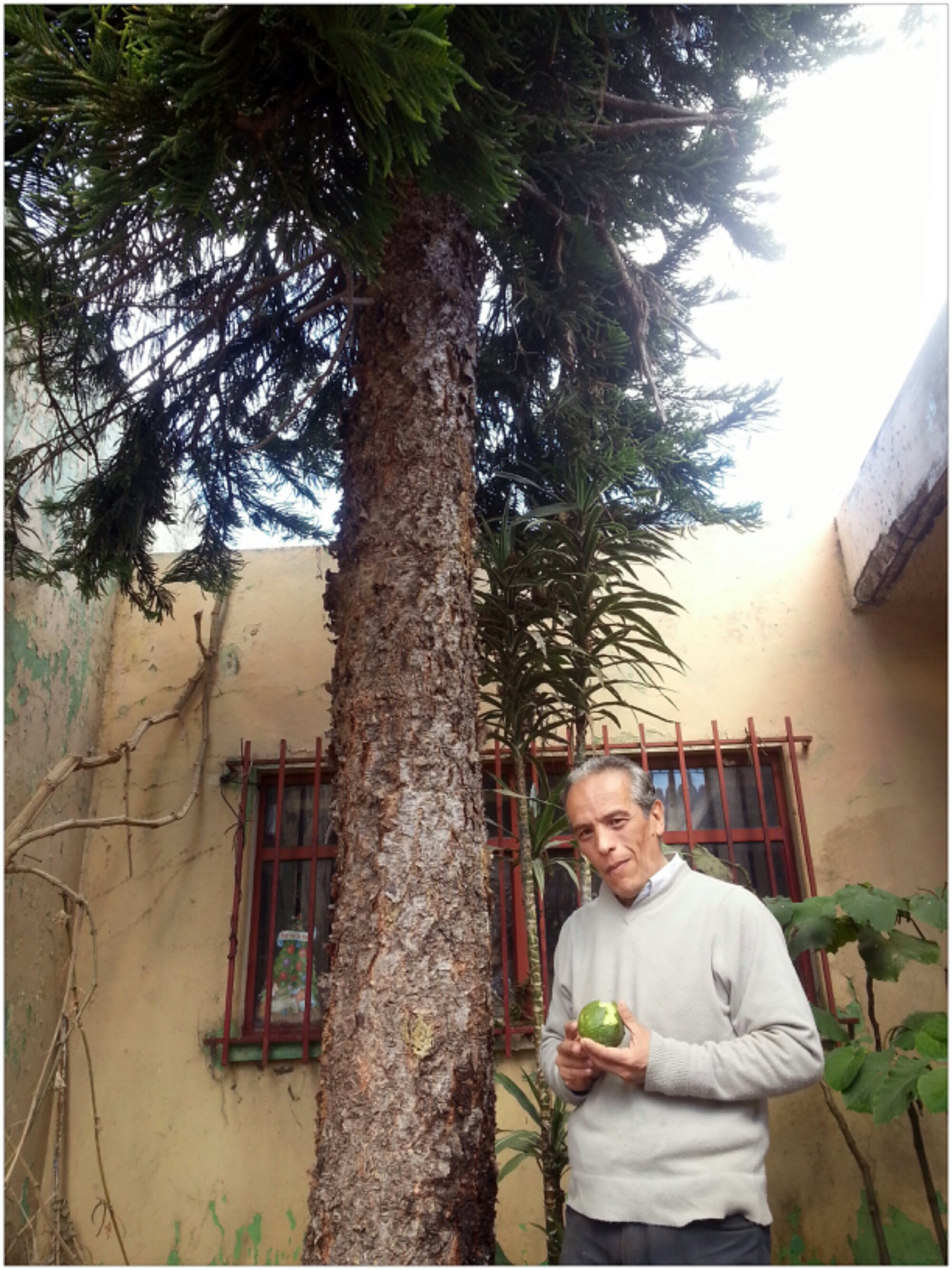A Tree Grows in Chiapas
Walking the streets of San Cristobal de las Casas in Chiapas, Mexico, I come across a tiny lot just a few feet across between two colonial-style homes. A barred wall rises to protect a towering pine, and a gentle man with a slender grin is watering the old tree.
That’s beautiful árbol, I tell him. He flashes a smile and replies in the crisp, slow Spanish of an elder.
“Lo plantó mi mama Lupita Alvarez hace 20 años. Fue creciendo mi familia y también el árbol.”
His mother had planted this tree, a Lebanese Pine, 20 years ago, and he goes on to tell me how it grew with his family through newborns, new jobs and many worldly travels too.
Today is January 1st, 2014, which happens to be another 20th anniversary: the Zapatista uprising, when the armed indigenous rebels poured into this town with their signature black ski masks. The treekeeper – he tells me his name, Fremont Solis Alvarez – nods in approval as I recall this fact. He bends down to show me how small the tree was that night when the rebellion began, and recounts seeing the valiant fighters marching in from the mountainous jungle.
“El Zapatismo es un movimiento justo. Buscan mejor educación y calidad de vida para los más pobres,” he lectures me as the conversation deepens. It’s a just movement, and they are demanding and building better education and quality of life for the poorest Mexicans.
I am startled out of the conversation by a loud crash to my right. A chayote has fallen from his tree to the sidewalk, a typical Chiapan green vegetable with little thorny spikes that can be served boiled and often with scrambled eggs huevos ranchers style.
He thanks God it didn’t hit me or some passerby and I hand the now smashed-up vegetable to him in the pieces.
Not ripe just yet, he laments but returns to his slender grin as we part ways. The towering tree has many fruits to bear still, if it’s watered religiously and protected.
Like Zapatismo, I’m thinking.


